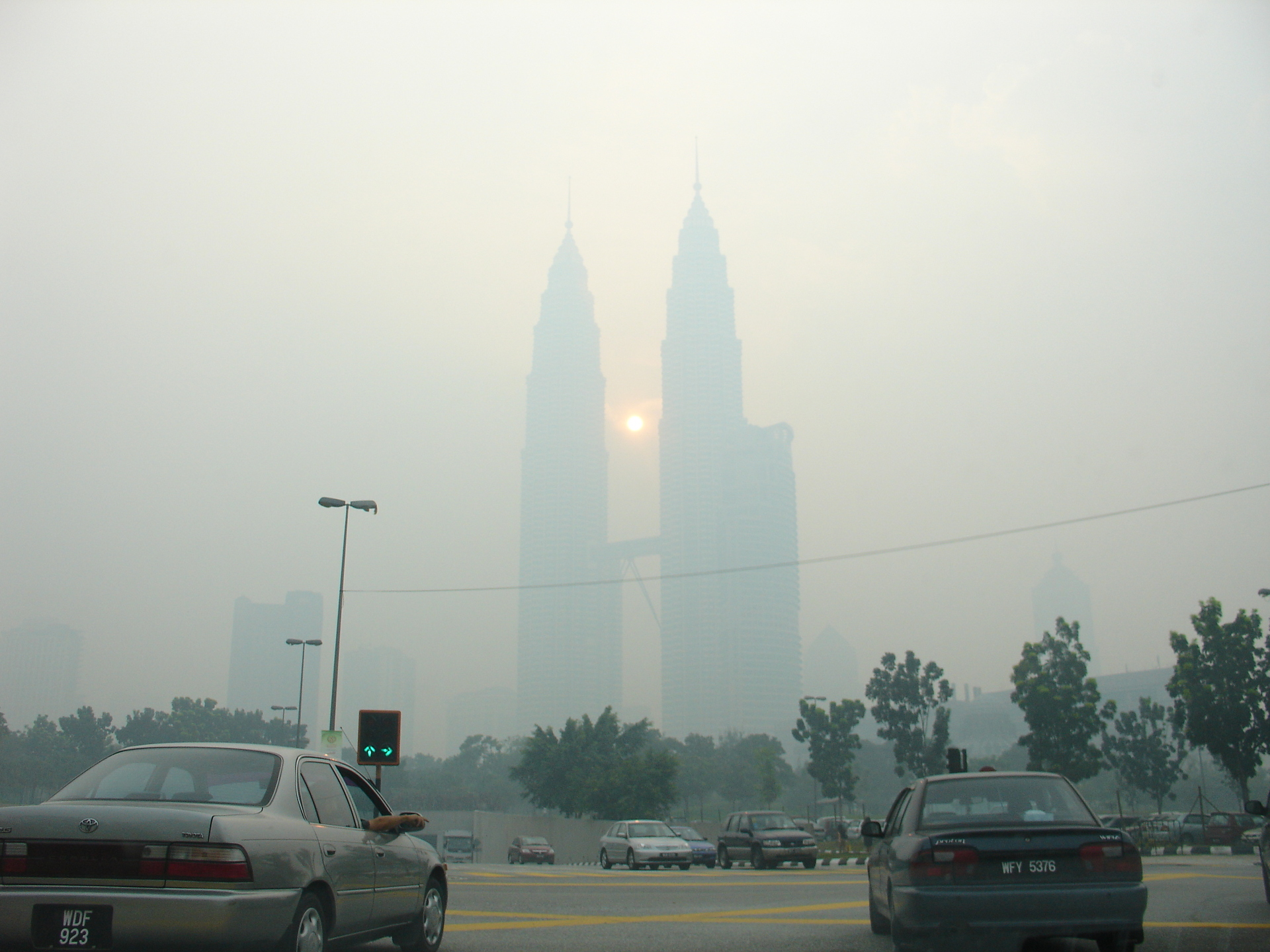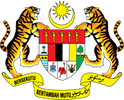**This article was published in English and has no translation in Bahasa Melayu**
**This article was published in NEW STRAITS TIMES on 23 JULY 2019.
By Dr. Nurul Nadia Ramli

Protecting environment is everyone’s responsibility. It requires participation from all parties to ensure the sustainability of clean environment to everyone. Lately, Malaysian has been surprised with the issues related with the environmental management. For example in 2018, the country has been stunned with the news of illegal import of plastic to Malaysia. Mostly the imported plastic were not be able to be recycle and in May 2019, the Ministry of Energy, Science, Technology, Environment and Climate Change (MESTECC) reported that there were about 450 metric tonnes of plastic will be returned back to its original source including Australia, United States of America, Canada, Saudi Arabia, Japan, China and Bangladesh. What a surprised, even Saudi Arabia and Bangladesh dumped their plastic waste to Malaysia!
Further in March 2019, there was an incident of pollution of Sungai Kim Kim in Johor. This incident happened due to the disposal of chemical waste to the river from irresponsible factories. It was reported that about at least 105 victims were admitted to the hospital after breathing poisonous gas. And again, recently we have been shocked with the incident of air pollution in Pasir Gudang.
Economists classify pollution as an example of market failure due to the negative externality. Market failure exists when the market does not allocate the resources efficiently in which that can balance the social cost and benefits. Social cost is the total cost to the society which includes both the private costs and external costs. In the case of Pasir Gudang and of similar cases, the social costs are both the private costs incurred by the firms who disposed the toxic waste and the cost incurred by the society due to the pollution.
Rational choice theory suggests that individuals will only consider their private costs. The irresponsible firms who disposed the chemicals into Sungai Kim Kim is an example of rational choice theory in which they only consider their private costs but not the social costs. In this case, they did not consider the impact of external cost to the society. Their action leads to the environmental pollution which at the end have caused the society to incur the cost that was not created by them. The social costs that have been incurred by the society include medical cost, cost of not be able to go to work or to school (reduce the productivity) as well as the cost to restore the ecosystem.
The poor waste management or take it easy way out to dispose waste still can be carried by the firms and the same story is repeated over the years. Strategies to mitigate and to conserve environment has been formulated in order to create awareness to the society about the importance of protecting the natural resources and environment. Government has launched 3R campaign (reduce, reuse, recycle) to the public so as the public are aware about the importance of protecting the environment. In the same token Government has introduces Hazard Analysis and Critical Control Point (HACCP), Makanan Selamat Tanggungjawab Industri (MeSTI) and others for food industry while Malaysian Good Agricultural Practices (myGAP) for agriculture to ensure that these industries practice sustainable management. Nevertheless whatever campaigns and policies or Act that has been introduced and yet the recent tragedies happened.
One of the ways to minimize the impact of negative externality is by internalizing the externalities. Market-based instrument such as imposing the tax to the polluters might need to be considered in order to reduce or eliminate the negative environmental externalities. This tax can create some incentives and flexibility for the firms to reduce the pollution. The taxes will be imposed to the firms based on the quantity of pollution emits by the firms. This tax will give incentive for the firms to figure out ways to reduce its emissions as long as the marginal cost of reducing the emissions is less than the tax. Therefore, the pollution tax should be set high enough to encourage the firms to reduce the pollution.
In conclusion, educating the society about the importance of the clean environment need to be enhanced as protecting environment is everyone responsibility. However for the polluter of Sungai Kim Kim or Pasir Gudang strict action should be taken. At the same time heavy penalties should be imposed on them and compensation should be given by them to those effected by their action. Monitoring of waste management by firm should be done regularly and strictly by the responsible agencies.
 |
Dr. Nurul Nadia Ramli
Department of Agribusiness and Bioresource Economics
Faculty of Agriculture
|
Date of Input: 23/10/2019 | Updated: 29/11/2019 | hairul_nizam
MEDIA SHARING




























